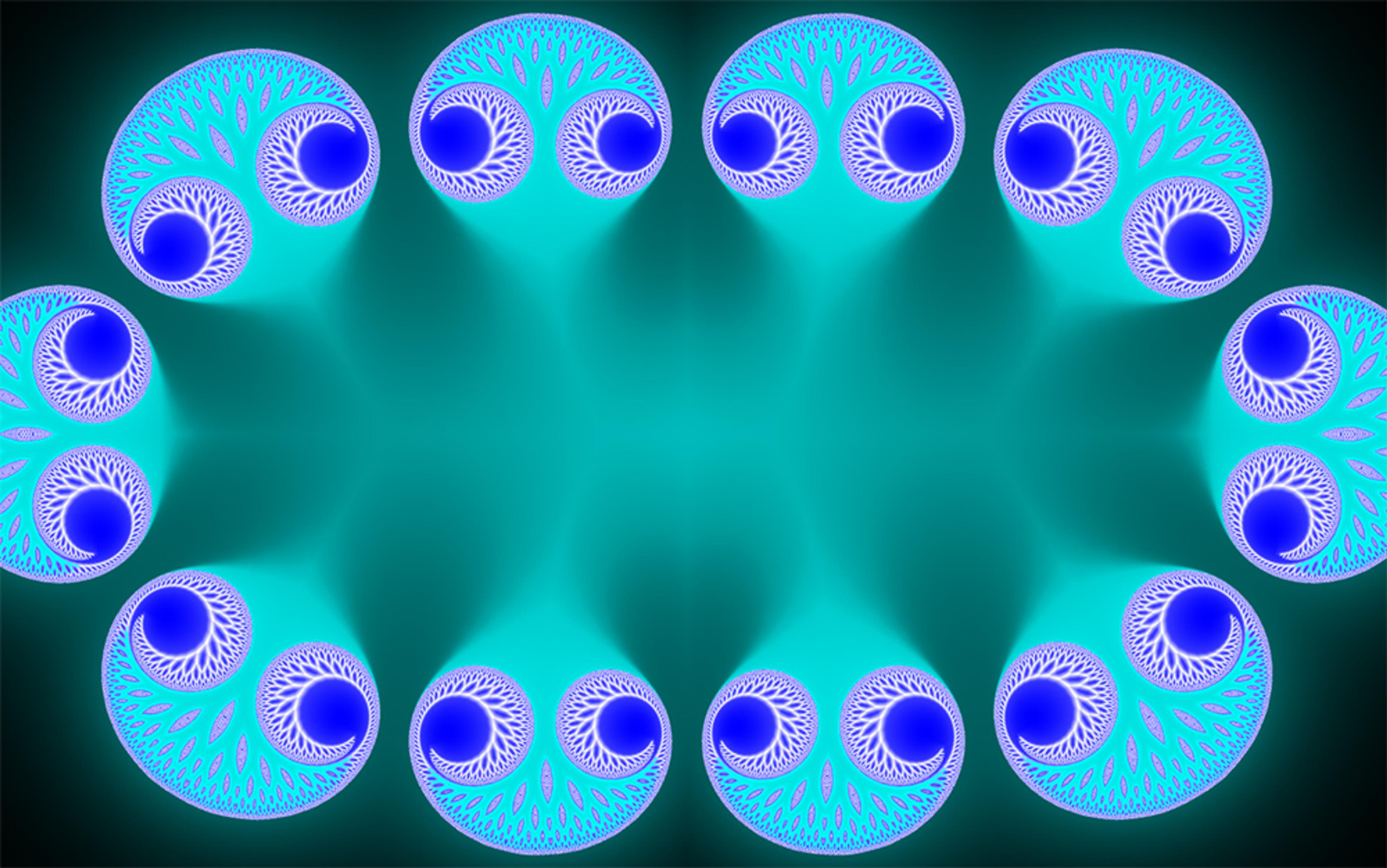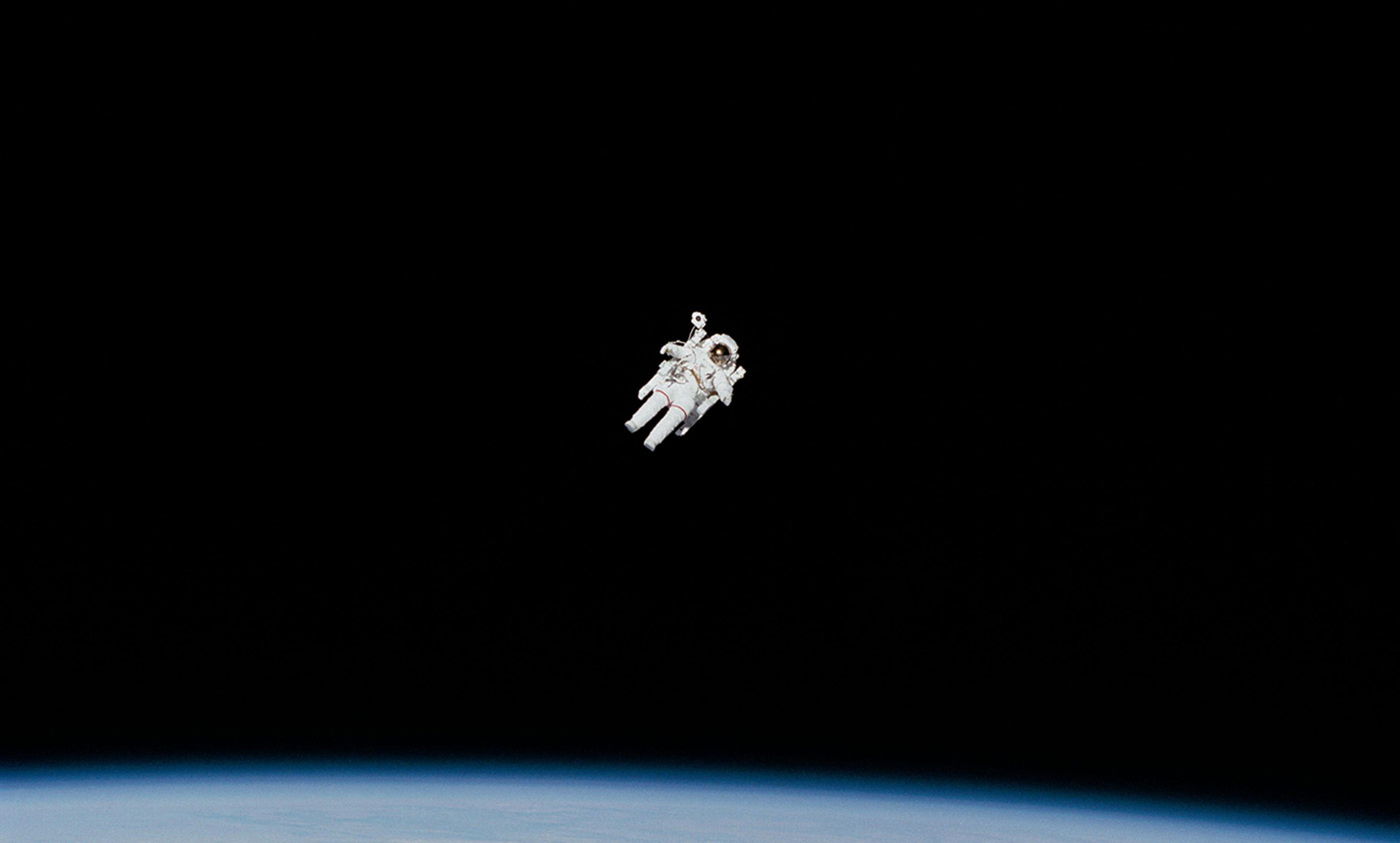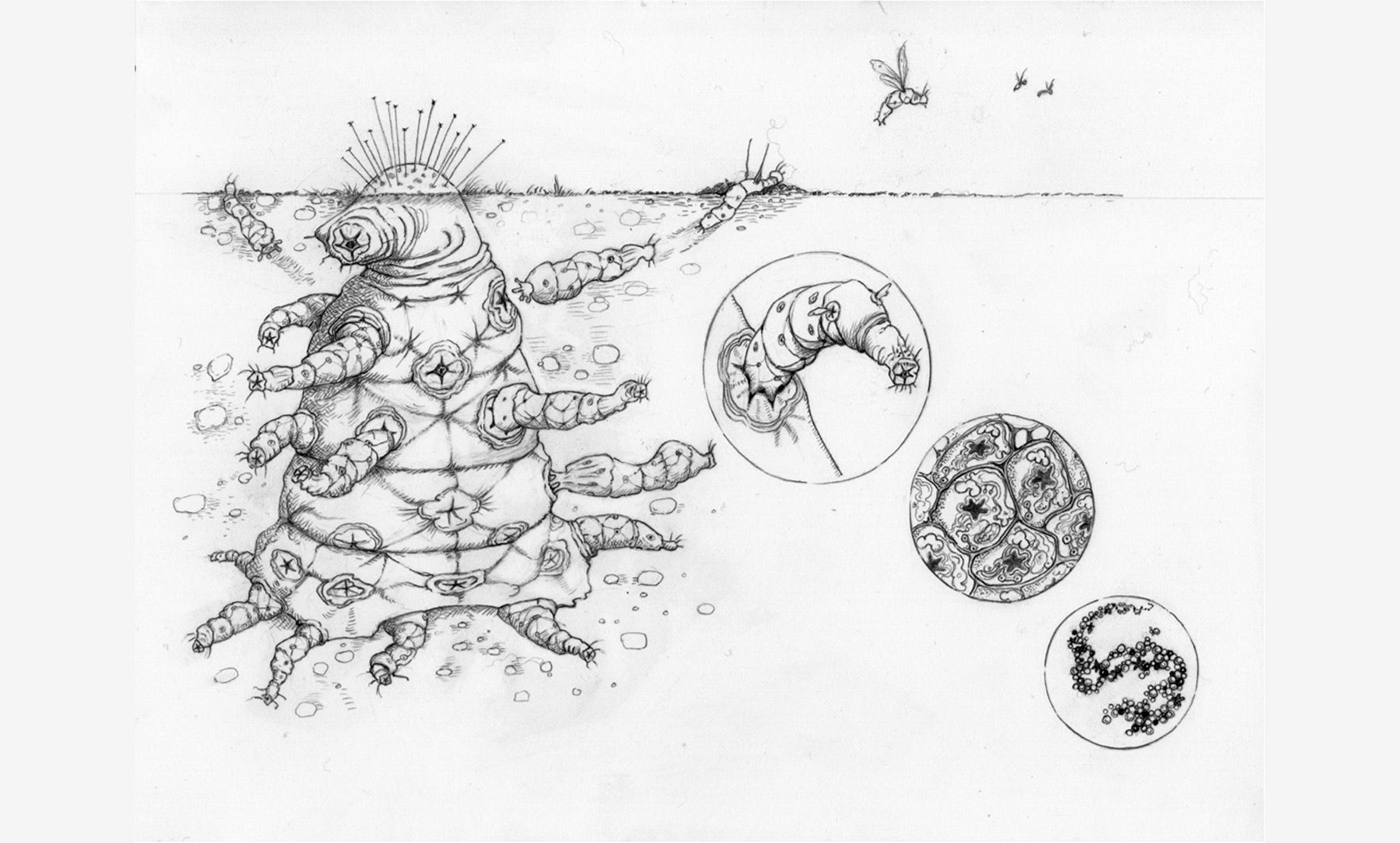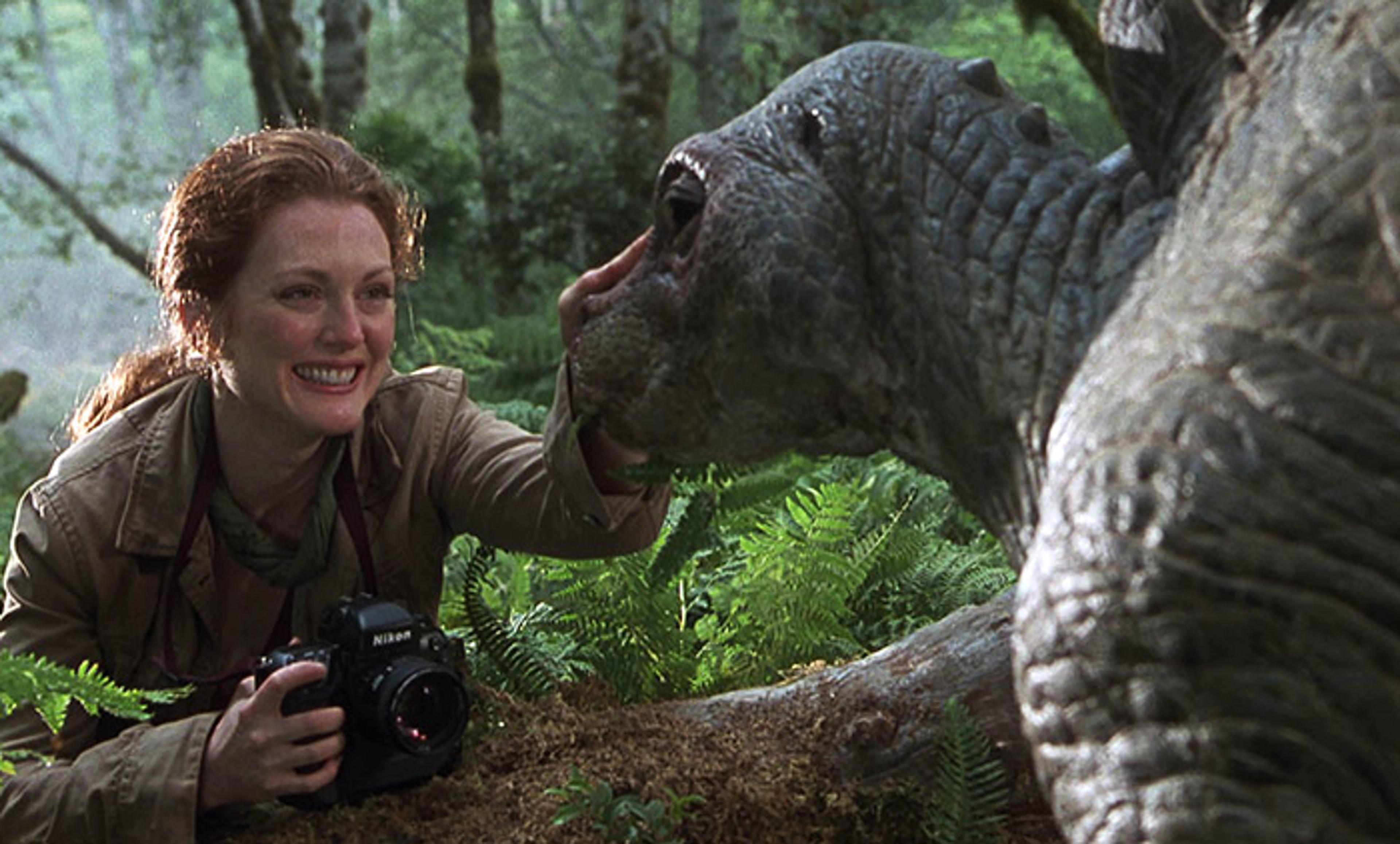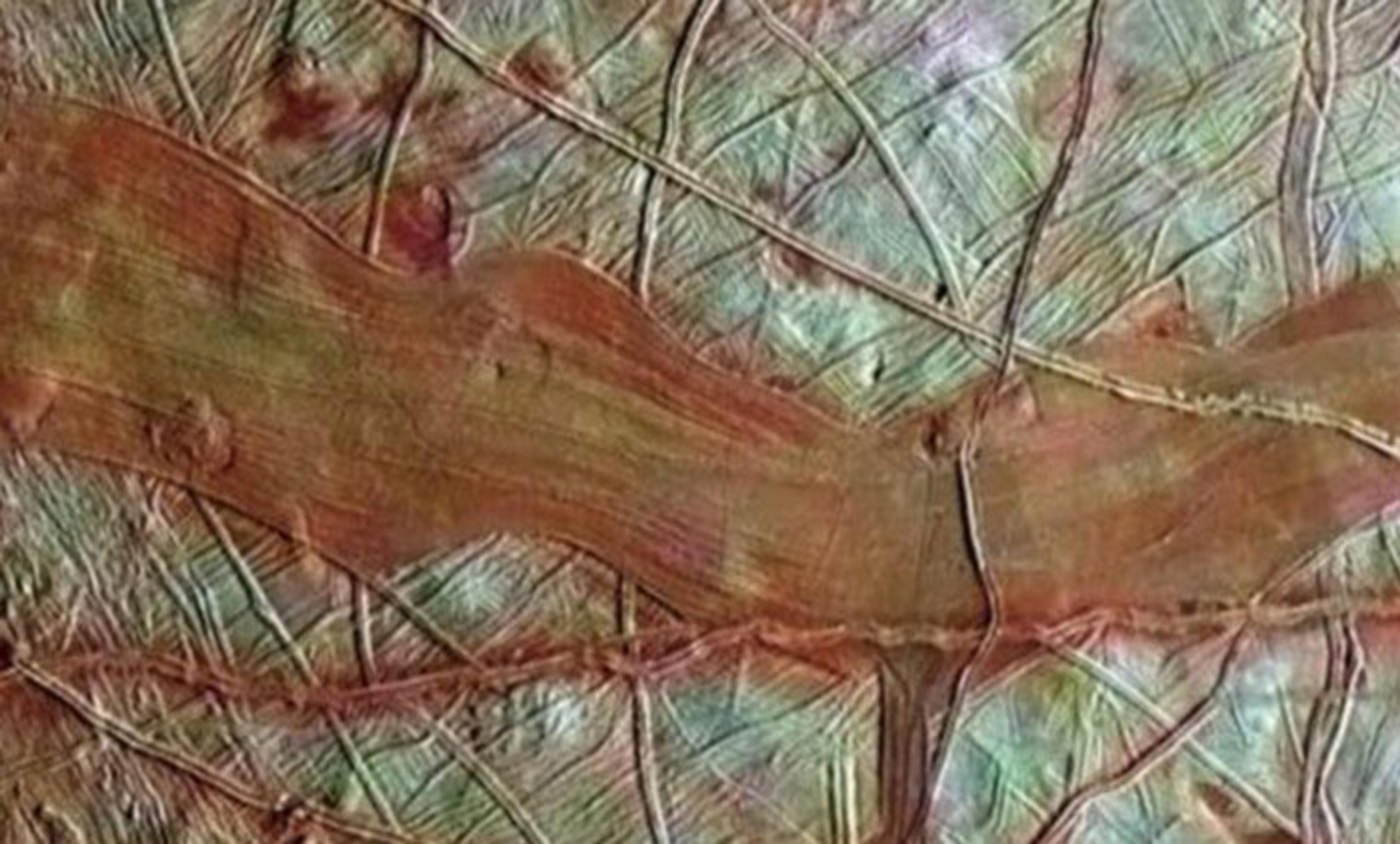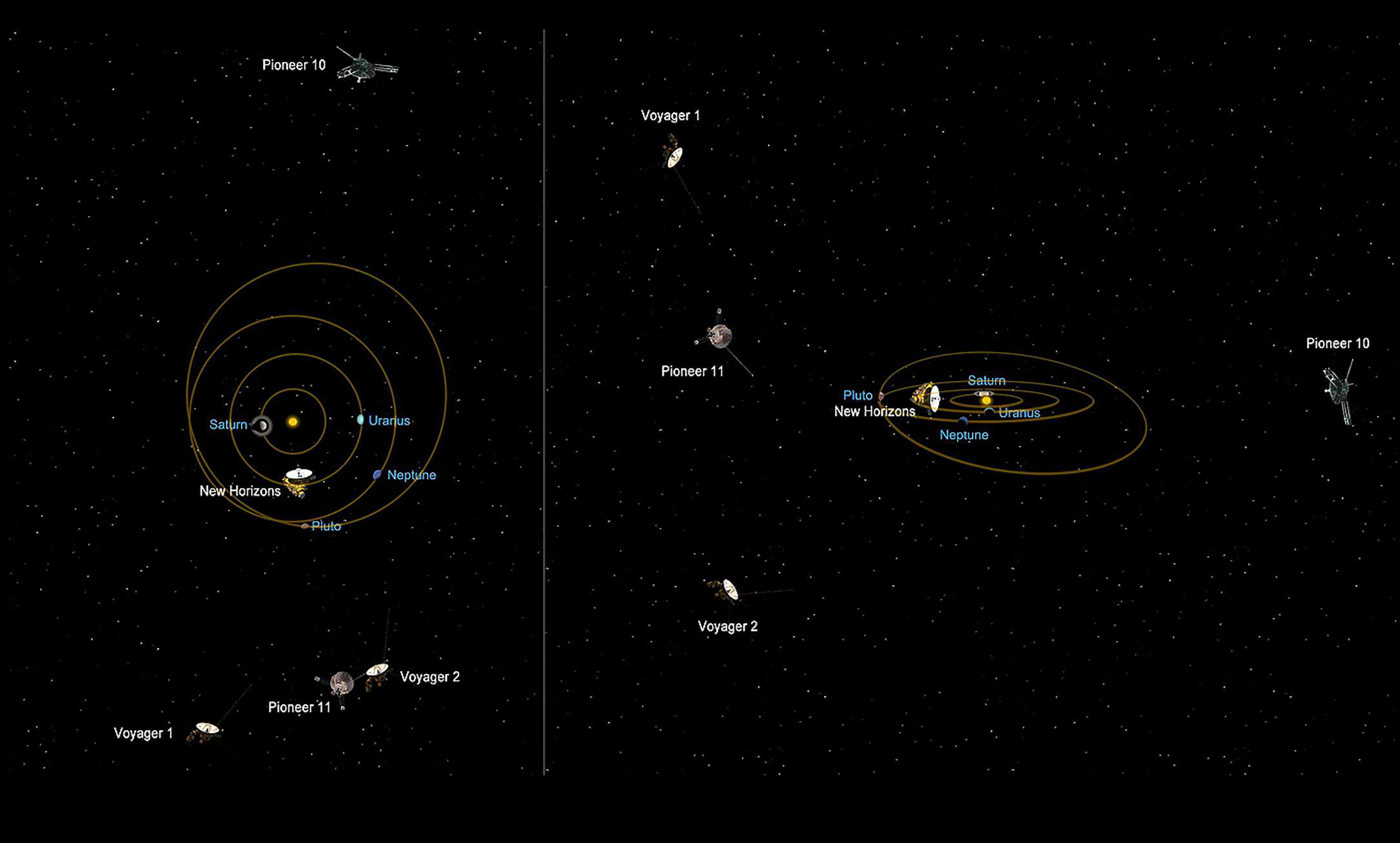Ken/Flickr
It astonishes me how much we seem to know about aliens. They build technology-driven civilisations and pilot spaceships across the galaxy. They create energy-harvesting structures around their stars. They beam interstellar greetings to us. We cannot be sure that, when our own broadcasts reach them in some future era, they will breathlessly await the arrival of the next episode of Glee – but it seems a fair bet.
How do we know all this? Not by science’s usual method of finding out stuff, which is by observing. We know it because it stands to reason. Because we’ve seen it at the movies. Because it’s what we would do. Which is to say: when we start speculating about what advanced extraterrestrials are like, we are really just talking about ourselves.
The impulse to cast life on other worlds in our own image goes back all the way to the proto-science fiction of the 17th century, such as the novel The Comical History of the States and Empires of the Worlds of the Moon and Sun (1657) by the French writer Cyrano de Bergerac. Cyrano pictured a lunar landscape inhabited by gigantic man-animals who somehow managed to create a very European courtly society where they debated Aristotle and Christian theology. So it has been, mostly, ever since. The galactic empires of Isaac Asimov’s Foundation novels (1942-1993) and the Star Wars and Star Trek franchises are peopled by creatures modelled on robustly late-20th-century humans in psychology and motive, no matter how much fur or how many forehead ridges they possess.
Such self-reflexive assumptions about alien civilisations leapt from the movie screen to the science journals last September when the astronomer Tabetha Boyajian of Yale University and her coworkers, using the Kepler space telescope, reported that the light coming from a star called KIC 8462852 exhibits intense, rapid brightness fluctuations that can’t easily be explained by any known natural process. Boyajian suggested that a circling horde of comets might be blocking the star’s light, but Jason Wright, an astronomer at Pennsylvania State University, and his colleagues added a provocative, albeit unlikely, alternative: the flickering of KIC 8462852 could be the passing shadow of a gigantic structure built by alien engineers.
The concept of such a star-circling structure was proposed in the 1960s by the British-born physicist Freeman Dyson. He argued that any civilisation with sufficient technical capability would construct a vast solar array in space to feed its enormous energy demand. Wright’s comment about a possible real-life ‘Dyson sphere’ around KIC 8462852 was made with all due caution, but you can’t speculate quietly about the detection of aliens. Soon, the idea was shouted from headlines worldwide. Further raising the volume, other researchers began listening for messages coming from KIC 8462852. Those searches focused on radio waves and laser pulses, just like the signals we use, highlighting the abiding narcissism of the effort.
For as long as scientists have looked for alien life, they have conceived them in our own image. The quest arguably began with a 1959 Nature paper by the physicists Giuseppe Cocconi and Philip Morrison, who argued that ‘near some star rather like the Sun there are civilisations with scientific interests and with technical possibilities much greater than those now available to us’. The two scientists further posited that such aliens would have ‘established a channel of communication that would one day become known to us’. Such alien signals would most likely take the form of shortwave radio, which is ubiquitous through the Universe, and would contain an obviously artificial message such as ‘a sequence of small prime numbers of pulses, or simple arithmetical sums’.
Nothing in this suggestion was unreasonable, but it’s self-evidently the result of two smart scientists asking: ‘What would we do?’ Cocconi and Morrison’s proposal to look for familiar types of signals, coming from familiar types of technology, has heavily conditioned the search for extraterrestrial intelligence (SETI) ever since. Today, the Harvard astronomer Avi Loeb thinks it might be good to look for spectroscopic signatures of chlorofluorocarbons (CFCs) in the atmospheres of alien planets, apparently in the conviction that aliens have fridges like ours (or perhaps they’re just crazy about hairspray). Other scientists have proposed finding aliens by looking for their light-polluting cities; their starship Enterprise-style antimatter drives; or the radiation flashes from extraterrestrial nuclear war. It all sounds dreadfully… human.
The obvious defence is that, if you’re going to bother with SETI at all, you have to start somewhere. That we have the urge to search for life elsewhere probably owes something to our natural instincts to explore our environment and to propagate our kind. If – and this does seem rather likely – all complex life in the Universe originated through a competitive Darwinian evolutionary process, isn’t it reasonable to imagine that it will have evolved to be curious and expansionist? Then again, not all human societies seem intent on spreading beyond the village, and whether Darwinian selection will continue to be the predominant shaping force on humanity over the next millennium (never mind a million years) is anyone’s guess.
The problem with basing SETI on projections of our own impulses and inventions is that it constrains our thinking along a very narrow path. Those curbs were going up even before Morrison and Cocconi laid the foundations of SETI. In 1950 the Italian physicist Enrico Fermi was musing with some colleagues about the existence of intelligent aliens who explore the cosmos. If other beings are capable of travel between the stars, surely they’d have spotted us and come to take a look by now, he reasoned, so ‘Where is everybody?’ Fermi’s ‘paradox’ is still cited as an argument for why intelligent life must be rare in the Universe. Among the possible resolutions offered by the SETI Institute, whose name advertises its goals, is: ‘Aliens have done cost-benefit analyses that show interstellar travel to be too costly or too dangerous.’ Maybe ‘the Galaxy is urbanised [but] we’re in a dullsville suburb’. Or perhaps Earth is being preserved in isolation as ‘an exhibit for alien tourists or sociologists’.
It’s funny – I almost feel I know these aliens.
Do these failures of imagination mean that we should shut up about what alien civilisations might or might not do? Not at all. I reckon that speculating in this fashion is one of the perks our species has earned for having made a modicum of sense out of this perplexing cosmos. But how can we move beyond solipsism and tired Hollywood tropes?
One tip is not to be too distracted by science fiction. Some of it is fabulous, but let’s not forget that it’s storytelling, which means that it needs characters and plots with which we can identify. And so those classics, from Frank Herbert’s Dune (1965) and Arthur C Clarke’s Childhood’s End (1953) to the elaborate futures of Kim Stanley Robinson and Iain M Banks, have overlords and dictators, heroes and heroines, spaceship fleets and empires. The Dyson sphere was itself prefigured in, and explicitly inspired by, Olaf Stapledon’s novel Star Maker (1937). When we apply human-centric narratives to SETI, we need to remind ourselves that we’re merely looking into a distorted mirror. Such a warning could prod us to be more daring and imaginative in thinking about alien life, as well as to ponder whether there might be a more rigorous way to explore the range of possibilities.
Dig a little, and it’s possible to find more creative ideas about how intelligent aliens might exist yet not be detectable to us. Maybe super-advanced beings will relinquish the physical world, dwelling in the nooks and crannies of extra dimensions. Maybe they will disintegrate into a disembodied swarm intelligence, like the Black Cloud in the 1957 sci-fi novel of that name by English astronomer Fred Hoyle – a rare example of a scientist being truly inventive in fiction. Maybe the life of a hyper-intelligent alien will look to us incomprehensibly boring or complicated.
Or perhaps they will revert to a simpler lifestyle, like the small-brained, seal-like descendants of humans that lounge on rocks in Kurt Vonnegut’s novel Galápagos (1985). They still find farts amusing, though, so even they aren’t so very different from us.
